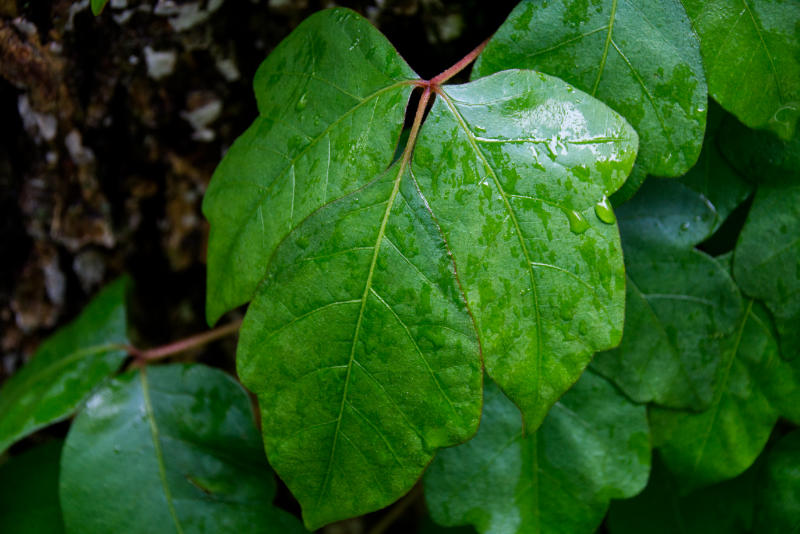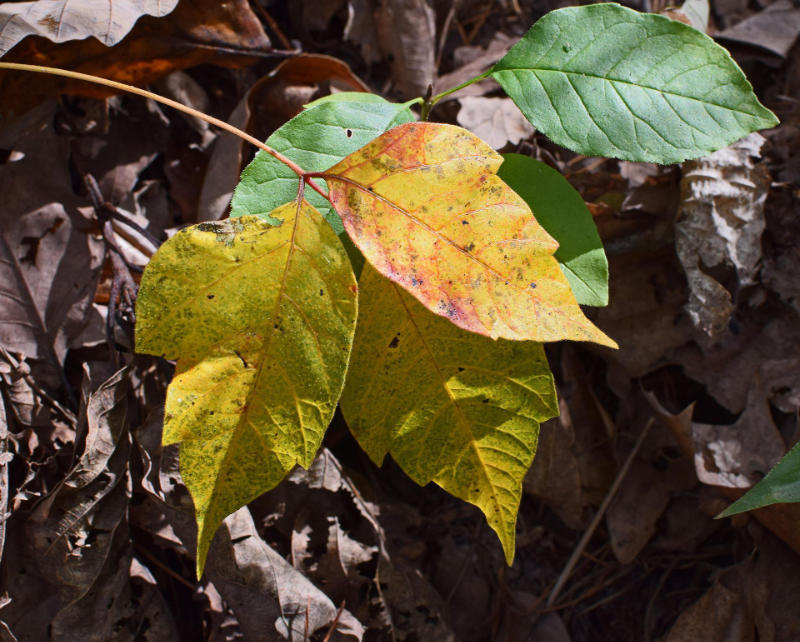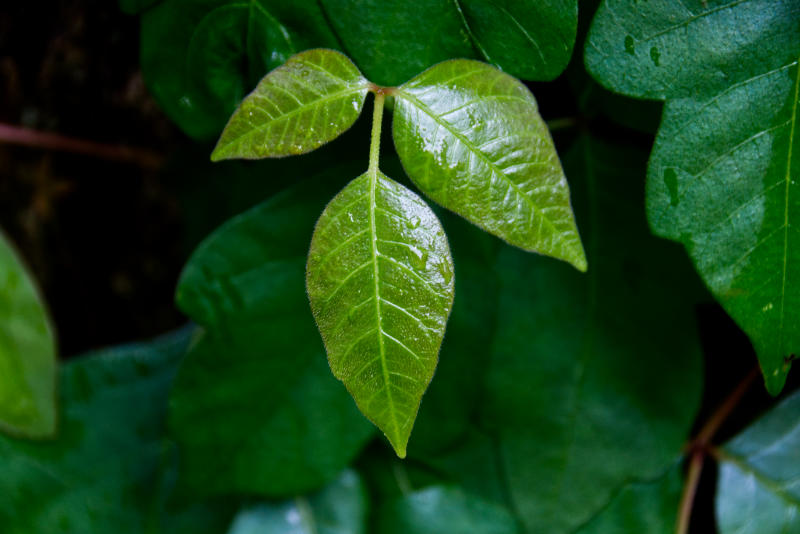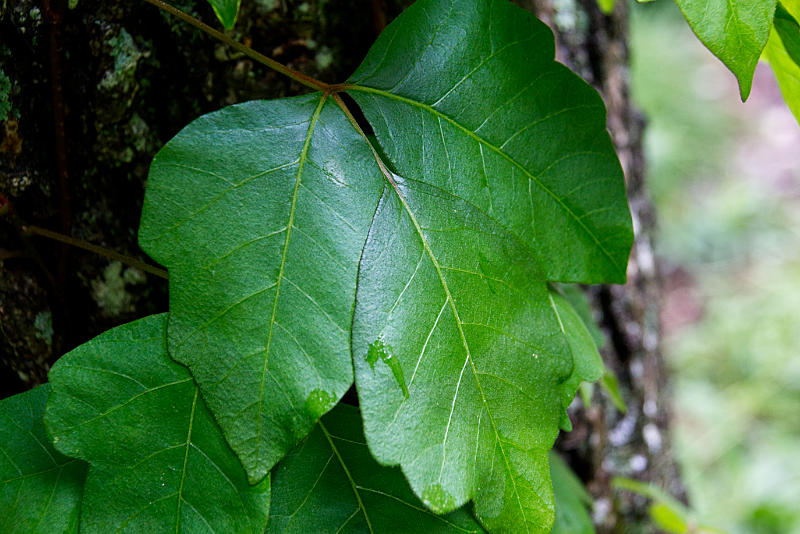
Welcome to the itchiest article you’ll ever read about Poison Ivy! Yes, we’re talking about that pesky plant that causes more discomfort than a bad sunburn. If you’ve ever stumbled upon Poison Ivy, you know the intense itching, swelling, and blisters that follow can be a nightmare. But there’s more to this devious plant than meets the eye.
In this article, we’ll explore the fascinating world of Poison Ivy in detail, discussing its history, biology, and ways to avoid its painful effects. Whether you’re an outdoor enthusiast, a curious gardener, or simply someone who wants to avoid the itch, there’s something here for everyone.
So, why should you keep reading? For starters, you’ll learn about the surprising ways in which Poison Ivy has evolved to become such an effective irritant, from its oily sap to its hidden presence. You’ll also discover some of the common myths and misconceptions about Poison Ivy, and what you can do to protect yourself. And who knows, you might even come away with a newfound appreciation for this troublesome but fascinating plant. So, let’s dive in and explore the world of Poison Ivy!
Poison ivy (Toxicodendron radicans) is one of a few plants that contain a toxic substance that can cause rashes and other reactions in sensitive individuals. This is one of those plants you need to be able to identify if you spend any time outdoors. Let’s take a look at poison ivy and see why it is important for you to avoid this plant if you are sensitive to it.
Poison ivy grows throughout the US in woodlands and marshes. It is usually found in the Ozarks as a climbing vine, but can also be found growing along the ground when it germinates where there isn’t anything around for the vine to climb. Larger vines of poison ivy may have a “hairy” appearance due to the many small rootlets that can grow from the vine and help it attach and climb surfaces such as trees or buildings.
Learn to Identify Poison Ivy
Poison ivy and poison oak both have three leaves. This is where the old saying, “leaves of three, let it be” probably originated. The leaves are broad and irregularly toothed. They may also have an irregular lobe as in the leaves in the photo above, which makes them resemble a mitten. There also commonly may be a red patch on the stem where the leaves attach.
In the fall poison ivy produces clusters of white to tan round fruits. The leaves will turn yellow during the fall, as shown in the photo below.

What Causes the Rash?
Poison Ivy, along with poison oak and poison sumac, creates an oil known as urushiol. This compound is present in all parts of the plant, including the stems and roots. Crushing the leaves, stems, or roots can also release the oil. Most people who develop contact dermatitis do so because they brushed against the leaves. About 85% of the population is sensitive to urushiol and will have an allergic reaction to contact with the oil from the plant.
The rash that develops can be localized in an area or may be in a line where the person brushed against a leaf. Urushiol can remain active for more than a year. Although pets are usually protected from developing a rash by their fur, the urushiol can remain on the pet’s fur and you can be exposed by petting the animal.
How Can I Prevent Exposure?
You are already doing the best thing to prevent exposure by learning to identify the plant in the wild. There are a few more precautions you can use to avoid exposure. Even people who don’t initially have a sensitivity to the oil from the plant can become sensitized with repeated exposure.
You should wear long sleeves and gloves if you are trying to get rid of the plants from your garden or yard. All parts of the plant can cause a reaction. You can also wear long pants and long sleeves when you enter the woods to prevent exposure by brushing against the plant.
Don’t burn the plants when you are trying to get rid of them. Smoke from burning the plants also contains small droplets of urushiol and can cause irritation to the throat and lungs. This can result in a rash in the throat that can be extremely painful and can cause trouble breathing. If you think you may have been exposed and have trouble breathing seek immediate medical assistance.
If you suspect your clothes have been exposed to poison ivy they should be washed in soap and water. The oil can linger on clothes and can still cause a rash should you touch the unwashed clothing. You should also clean any tools you may use to get rid of the plants, as the oil can linger on them too.

Poison Ivy Myths
Scratching a rash from poison ivy can spread the rash – the rash from poison ivy is a localized reaction to contact with urushiol from the plant. The reaction takes the form of red, fluid-filled pustules that contain fluid. This fluid does not contain the oil and the rash can’t be spread to other parts of the body by touching the rash and then touching the body in another area.
A poison ivy rash is contagious – the rash that results from exposure also isn’t contagious so it can’t be spread to others from contact with you.
Dead plants aren’t toxic – this is totally false! Since all parts of the plant contain urushiol, and the oil is persistent, and poison ivy plants or parts can cause a reaction even when dead. As mentioned before, don’t burn these plants. Instead, place them in a plastic bag using gloves and discard them properly.
I’m only allergic to poison oak, not poison ivy – since urushiol is present in both poison ivy and poison oak, it is highly unlikely for anyone to be sensitive to one plant but not the other. This is also the same chemical compound that is also produced by poison sumac, making these three plants all capable of causing a reaction equally. The reaction is more dependent on the amount of exposure.
You can get a reaction simply from being in close proximity to poison ivy – This is another one that simply is not true. The reaction from poison ivy comes from touching the plant. Although burning can also cause exposure, as mentioned above, simply being close to the plant will not cause a reaction. I was in close proximity to them when shooting the photos for this article, with no effects whatsoever.
The rash appears immediately – the rash usually appears within 24-72 hours. Sources differ on the amount of time you have to wash the oil from the skin to prevent exposure. My research shows you have anywhere from 2 to 4 hours to wash the area with soap and water to remove the oil and prevent, or at least lessen, a rash from forming. You can also use alcohol or alcohol wipes to clean the area.

Poison Ivy Facts
They Grow Everywhere – They grow in cool forests and along streams, as well as in cities and towns. They are widespread across the US, so can be found in many places outdoors.
Poison Ivy always has leaves of three – Of the three native plants to the US that produce urushiol, only poison ivy can be said to always have leaves of three. Poison oak usually has 3 leaves, but may have more. Poison sumac has up to 15 leaves on each stem.
Clothing can keep you safe – If you wear long sleeves and pants when in areas with poison ivy the clothing can protect you from exposure. Although the oil can linger on the clothing for a long time, even up to a year, washing them in soap and hot water will remove the oil.
Conclusion
Poison ivy is an important plant to learn to identify. Preventing exposure is the easiest way to prevent sensitivity and the itchy rash that develops from exposure to poison ivy. There are a few other plants that produce urushiol that you also should avoid. The oil remains even when the plants are dead, so it is imperative to handle them with care even if they are dead.
Read more about this itchy plant here.
If you would like to learn more about other plants you may encounter in the wild you may want to read our article on the Mayapple.
FAQs:
Q: How do I get rid of poison ivy fast?
A: The best way to get rid of it is to remove it completely, including the roots. Wear protective clothing, such as long sleeves and pants, and gloves. Apply a herbicide to the plant, and then dispose of it. For relief of symptoms, use an over-the-counter cream or ointment.
Q: How can you tell if it’s poison ivy?
A: It has a characteristic “leaves of three” pattern, with pointed leaves that are green in the spring and red in the fall. It may also have white berries in the summer. If you come into contact with the plant, you may develop a red, itchy rash within 12-48 hours.
Q: Is poison ivy contagious from person to person?
A: No, it is not contagious from person to person. The rash is caused by an oil called urushiol, which is found in the plant. If you come into contact with the oil, you can spread it to other parts of your body, but you cannot spread it to other people.
Q: Does poison ivy keep spreading after you shower?
A: No, it does not keep spreading after you shower. The oil that causes the rash is absorbed into your skin within 10 minutes of exposure. Showering can help remove the oil from your skin and prevent the rash from getting worse.
Q: How long will my poison ivy spread on your body?
A: The rash usually appears within 12-48 hours after exposure and may continue to spread for up to 2 weeks. After that, the rash will begin to heal on its own.
Q: How long is poison ivy contagious?
A: It is not contagious from person to person. The rash is caused by the oil from the plant, which can remain active on objects such as clothing, shoes, and garden tools for up to 5 years.
Q: What dries up poison ivy the fastest?
A: Calamine lotion, oatmeal baths, and cool compresses can help relieve the symptoms and dry up the rash. Over-the-counter corticosteroid creams and oral antihistamines may also be effective.
Q: How do I get poison ivy to stop spreading?
A: To prevent spreading, avoid scratching the rash, and keep it clean and dry. Apply a topical cream or ointment to help soothe the itchiness. Wear loose, breathable clothing to avoid further irritation.
Q: What kills poison ivy?
A: The most effective way to kill it is to remove the entire plant, including the roots. Wear protective clothing and gloves, and apply an herbicide to the plant. Be careful not to touch the plant or its roots, as the oil can cause a rash.
Q: What’s the best cream for poison ivy?
A: Over-the-counter creams containing calamine, hydrocortisone, or a combination of the two can help relieve the symptoms, including itching and inflammation.
Q: Should I cover poison ivy when sleeping?
A: It is not necessary to cover the rash when sleeping, but it is important to keep the affected area clean and dry. Wear loose, breathable clothing, and avoid scratching the rash.
Q: Why is my poison ivy rash spreading?
A: Poison ivy rash can spread if you scratch the affected area, as this can cause the oil to spread to other parts of your body. It can also spread if you touch contaminated objects, such as clothing or garden tools.